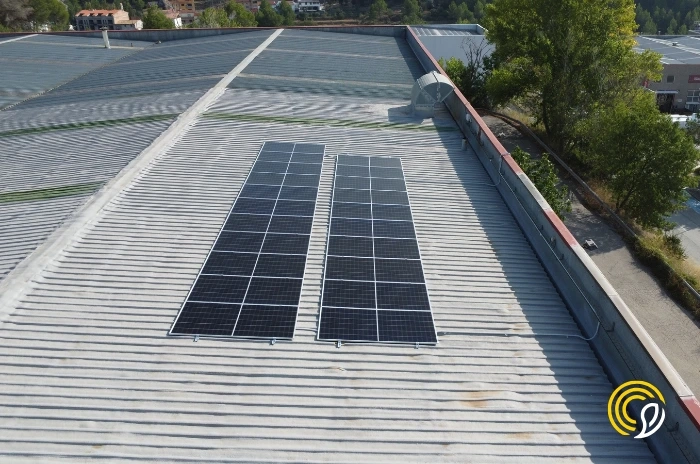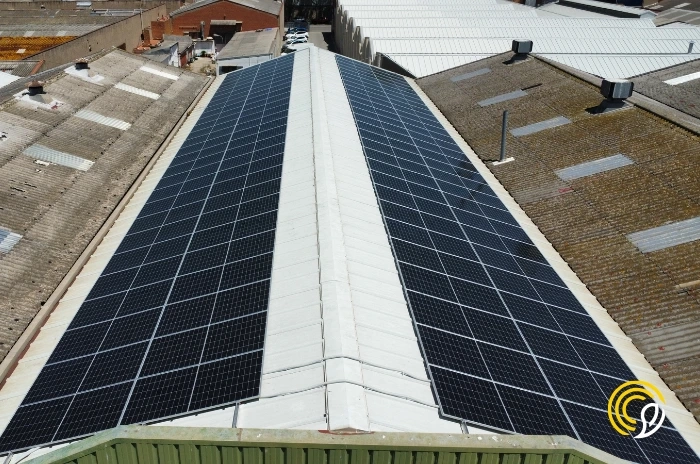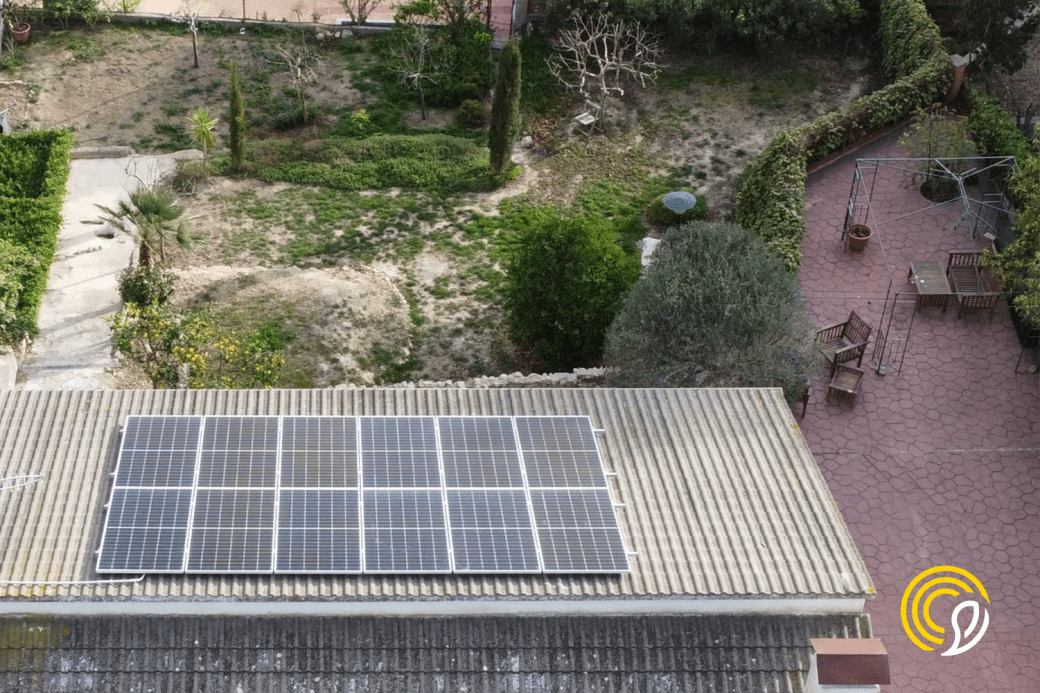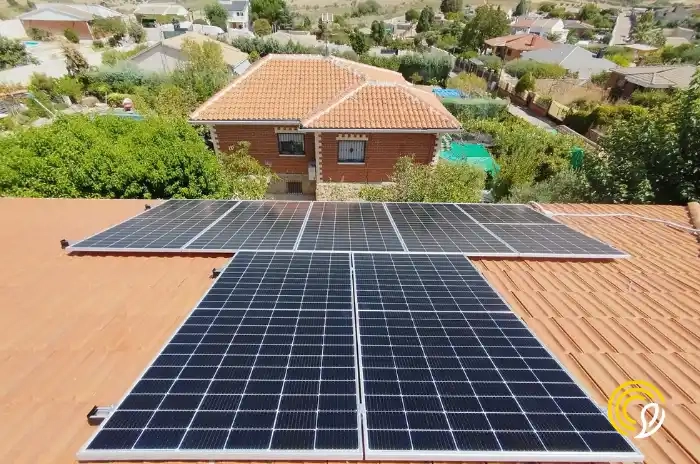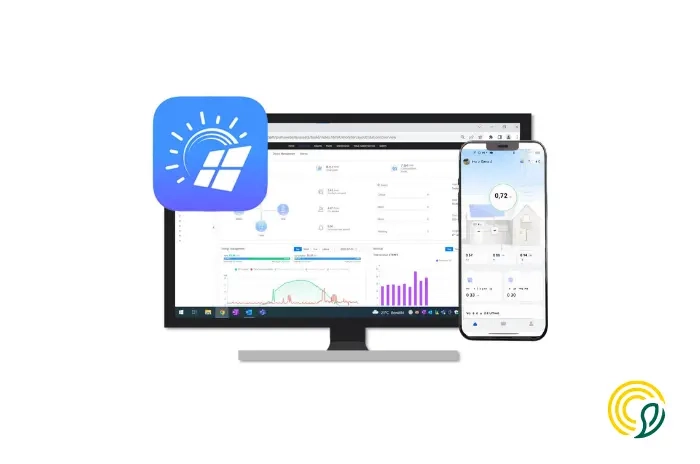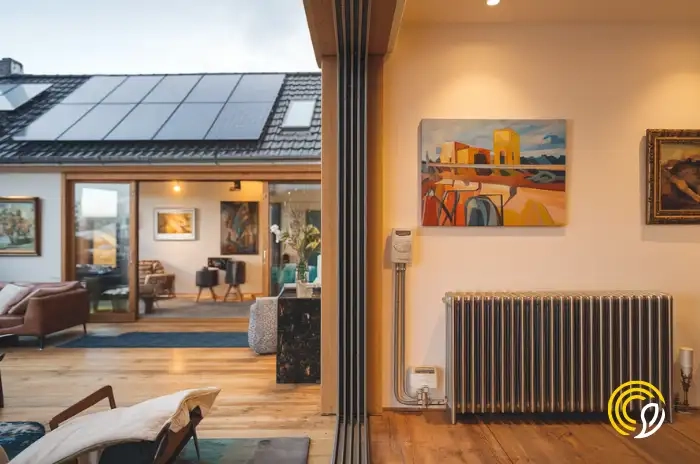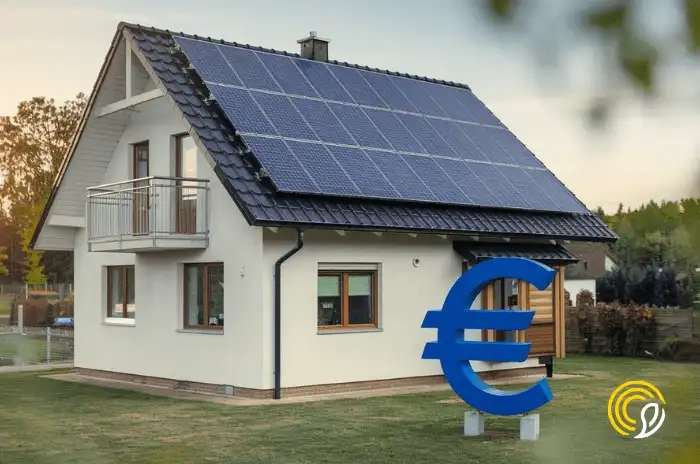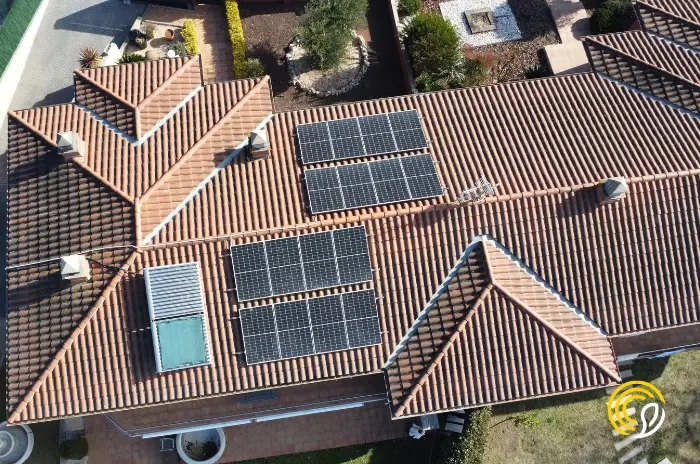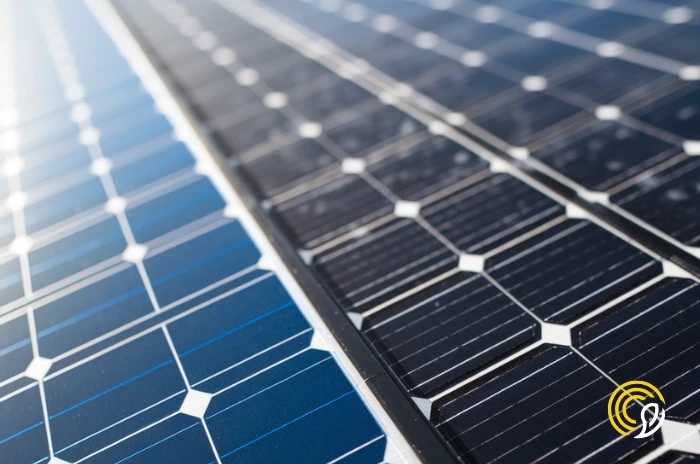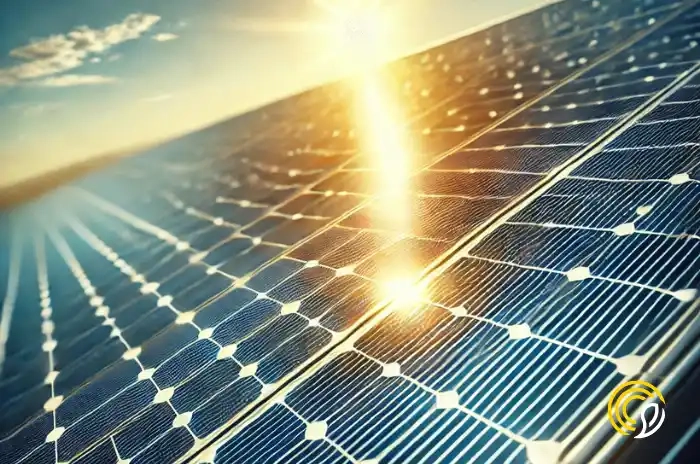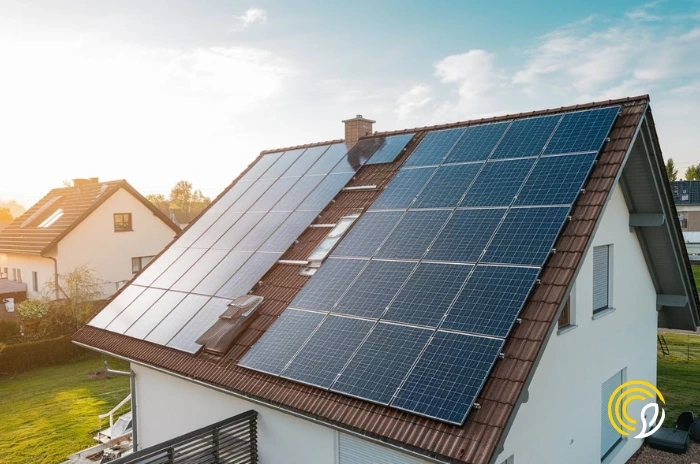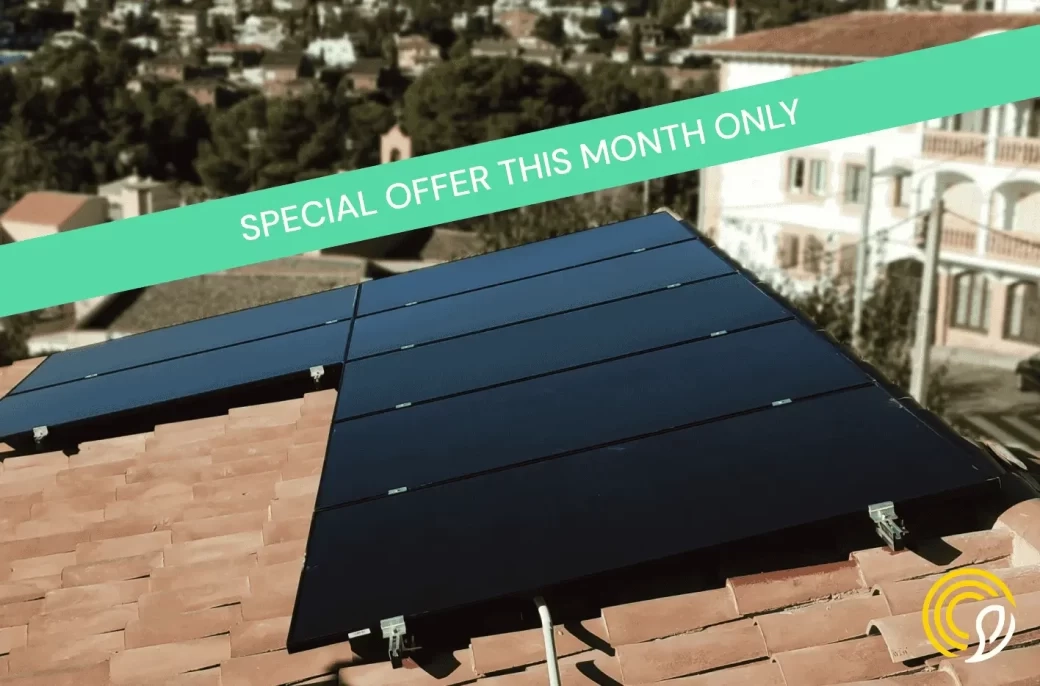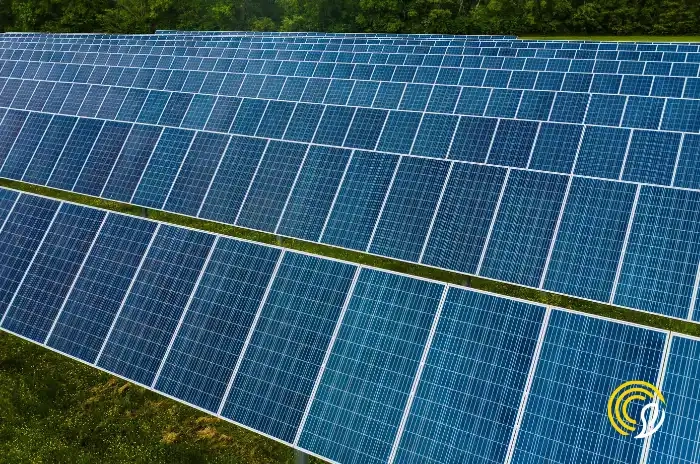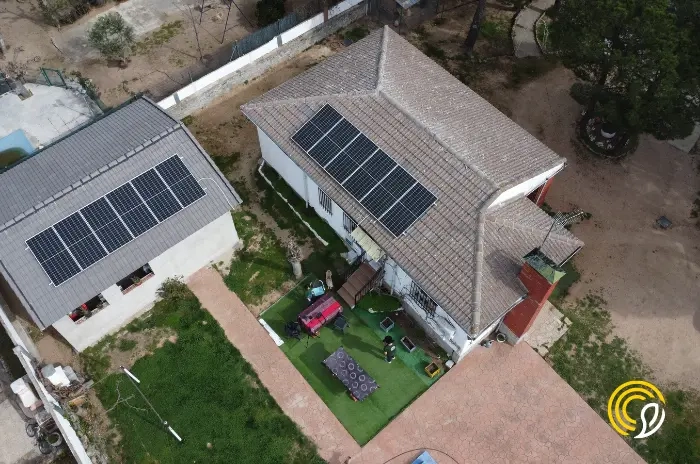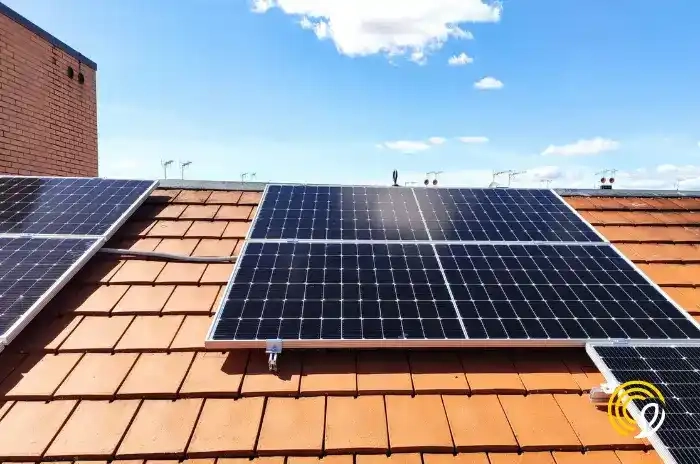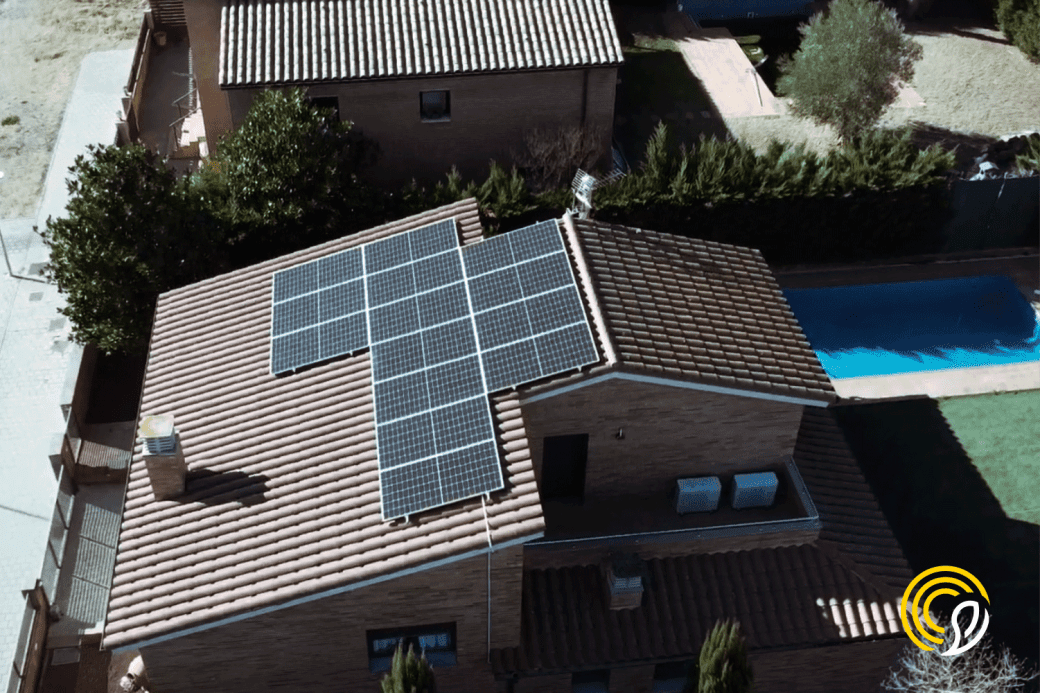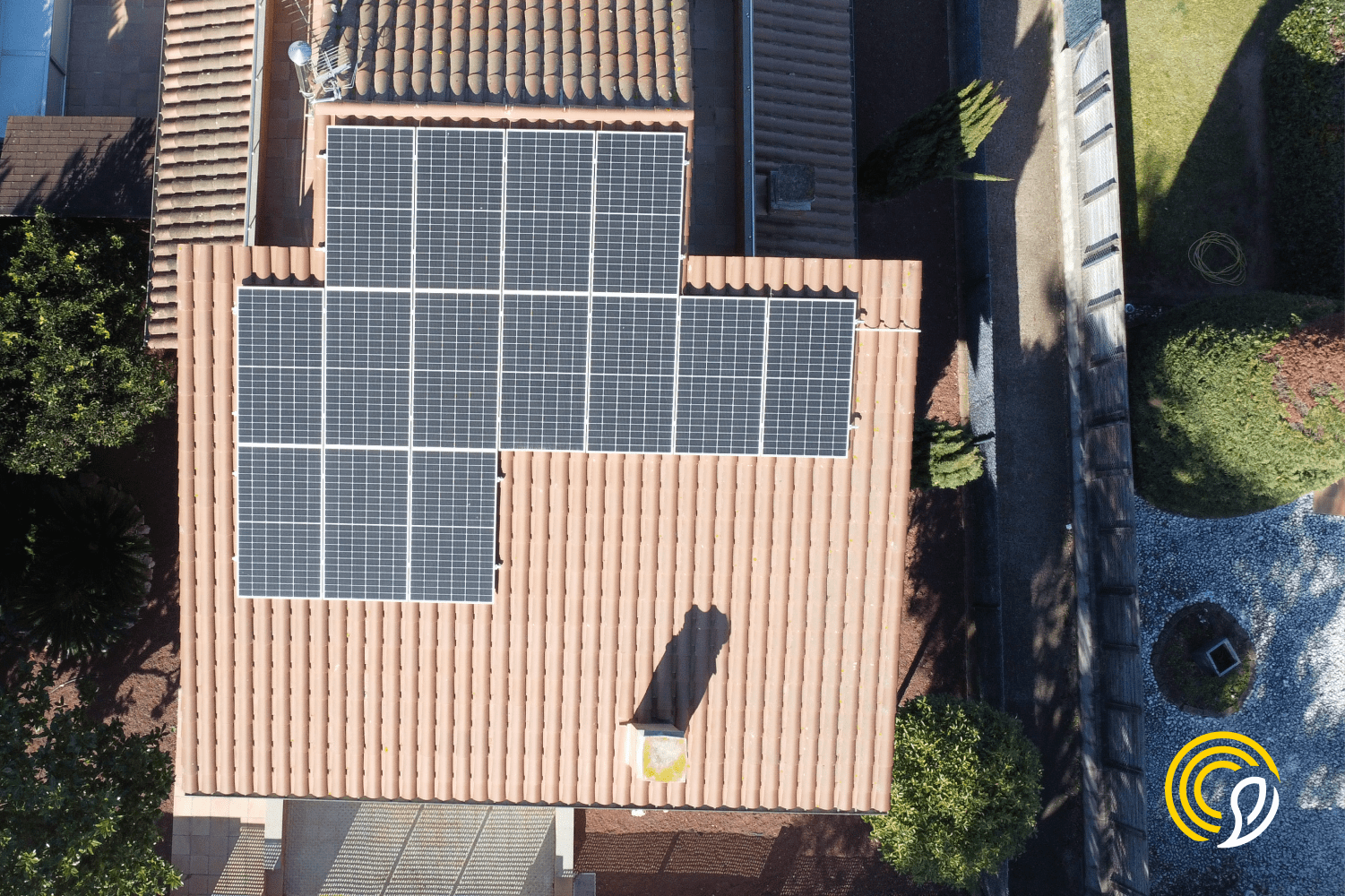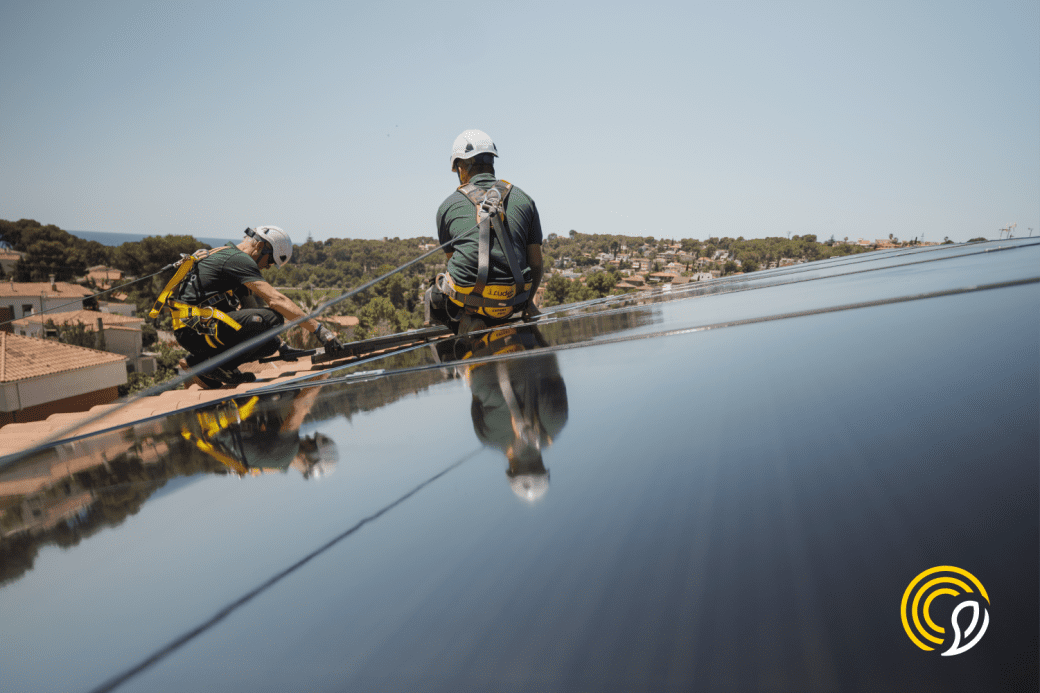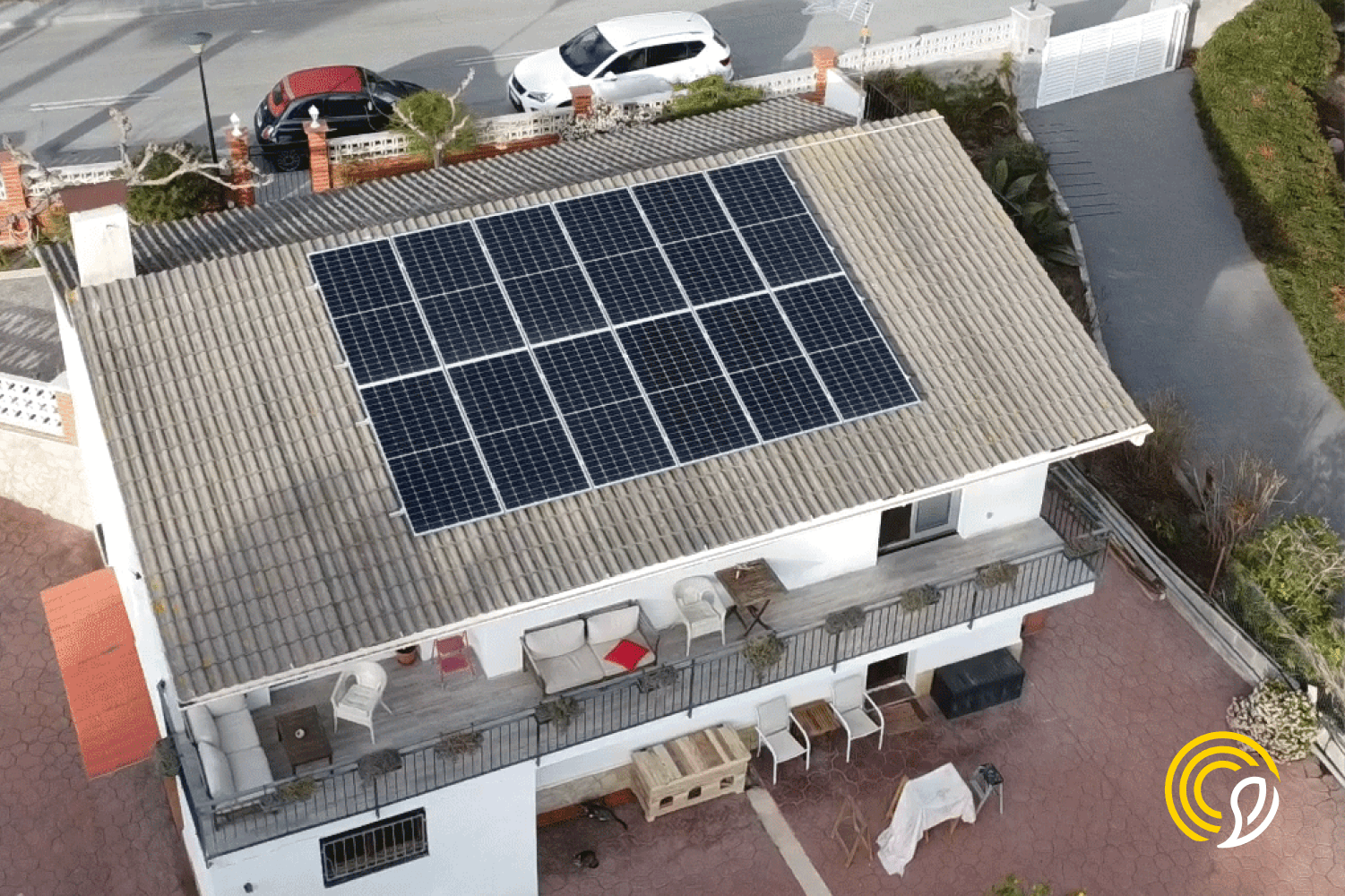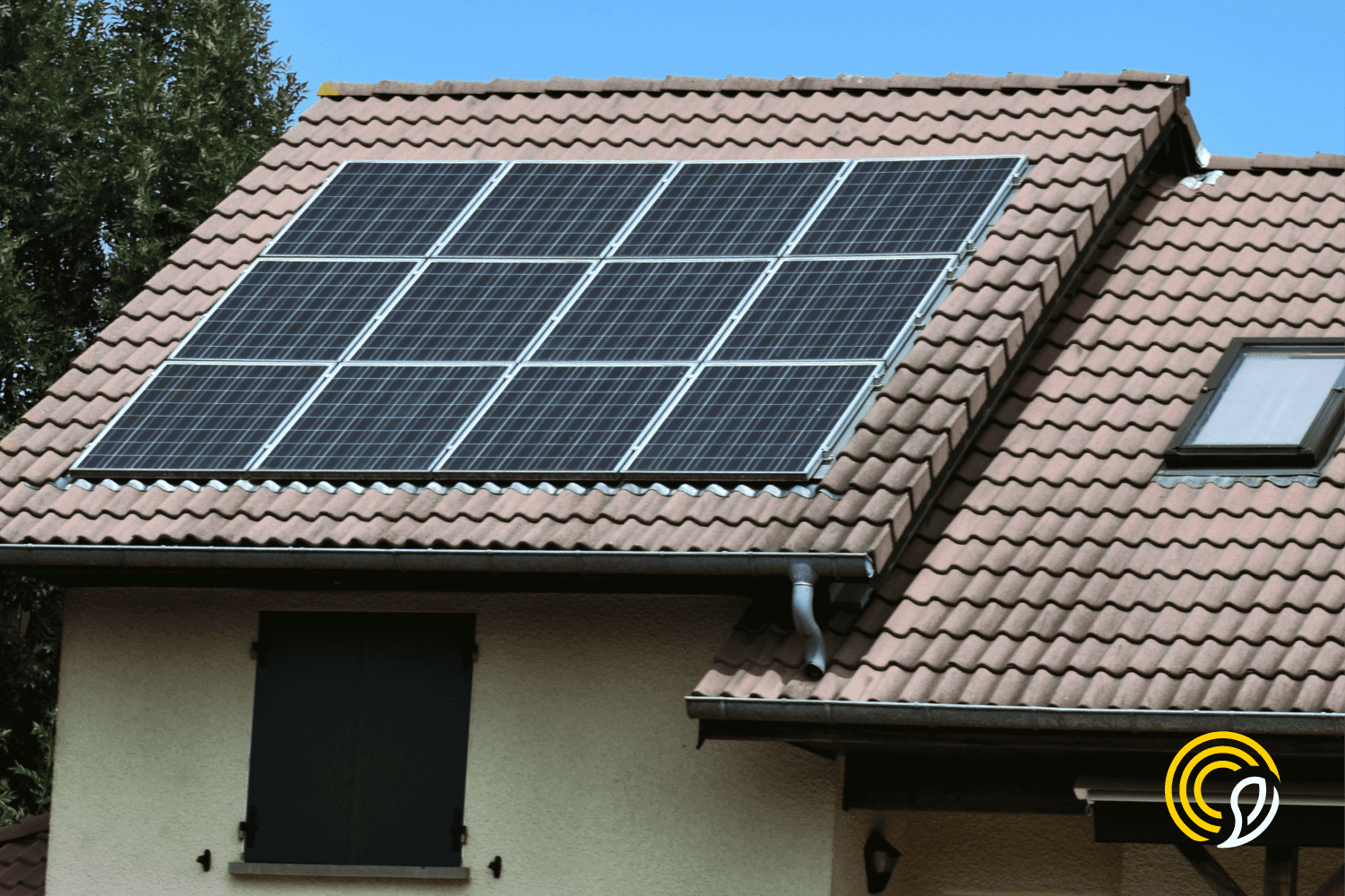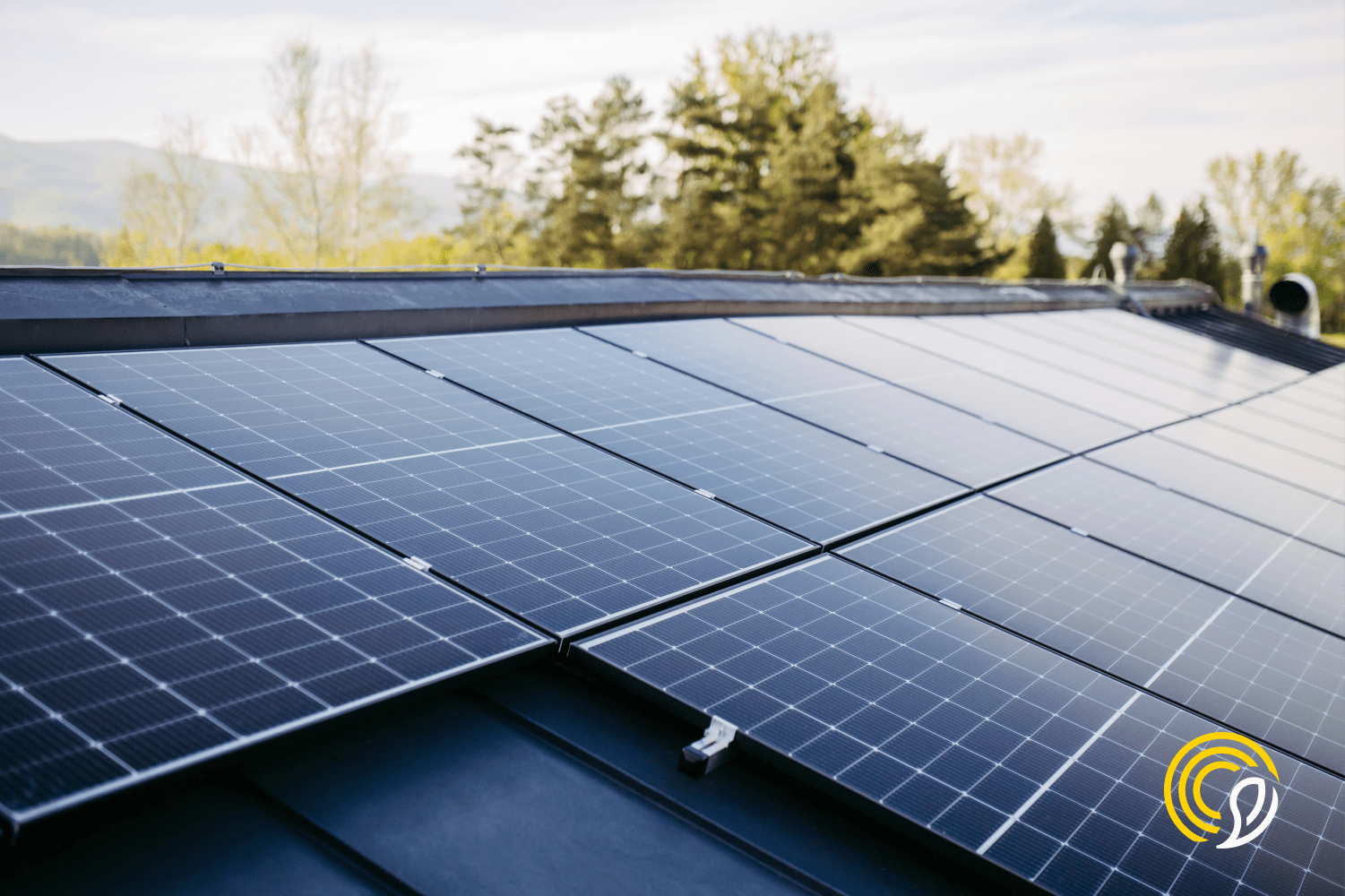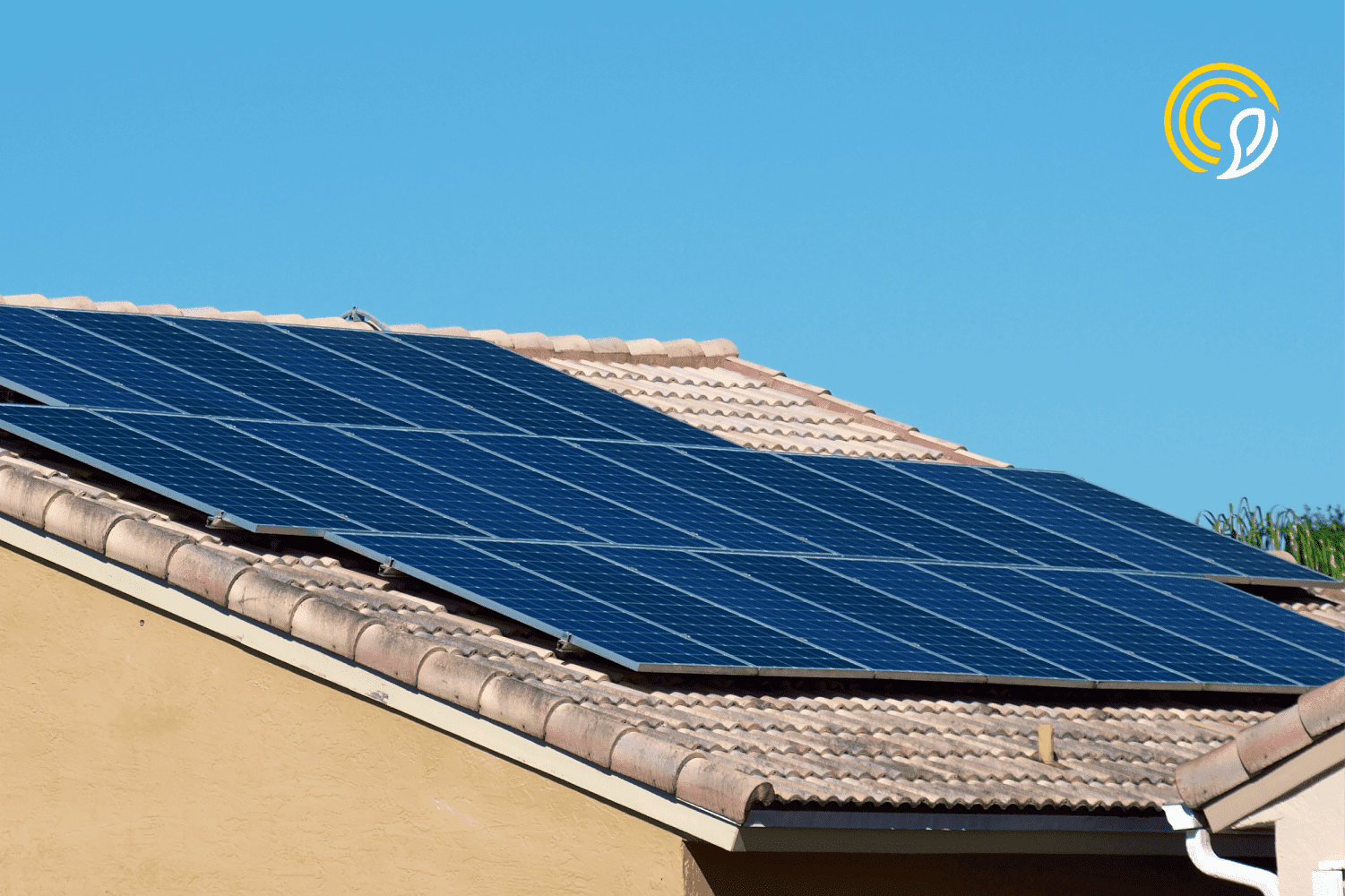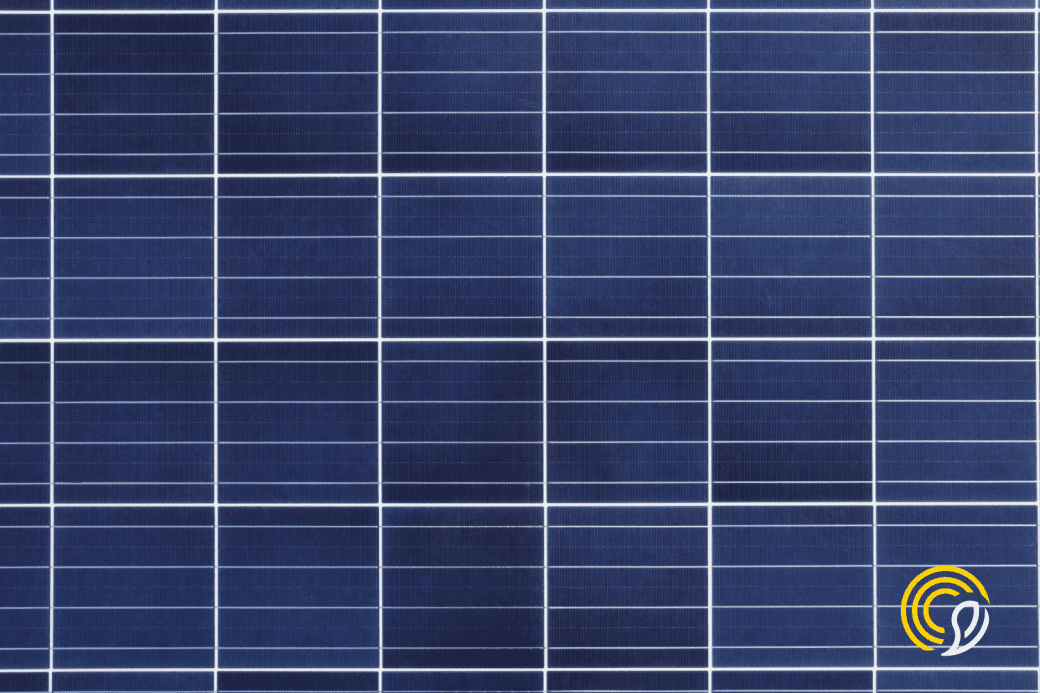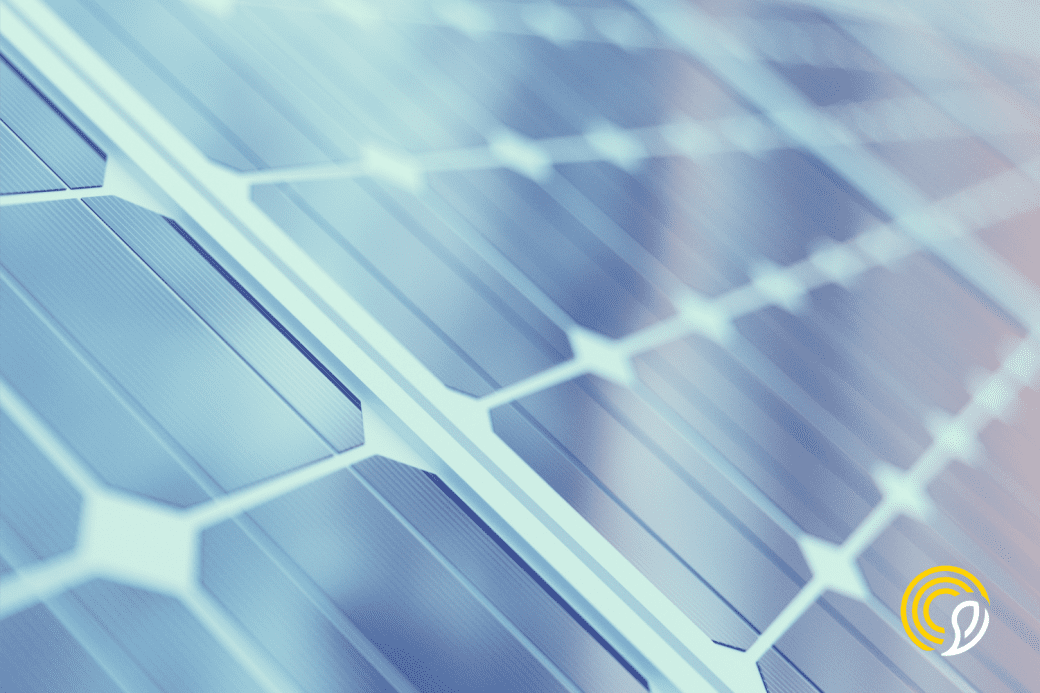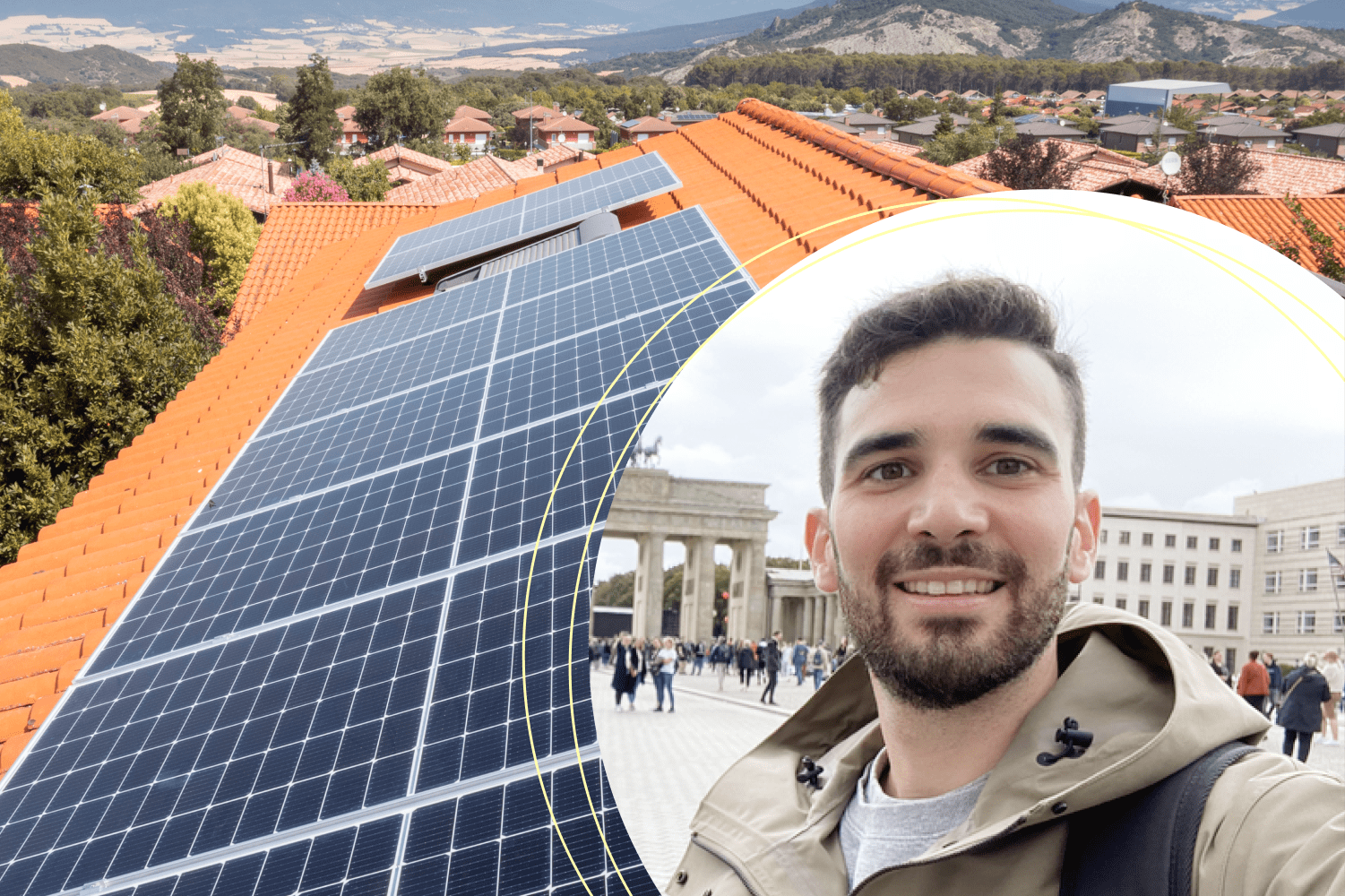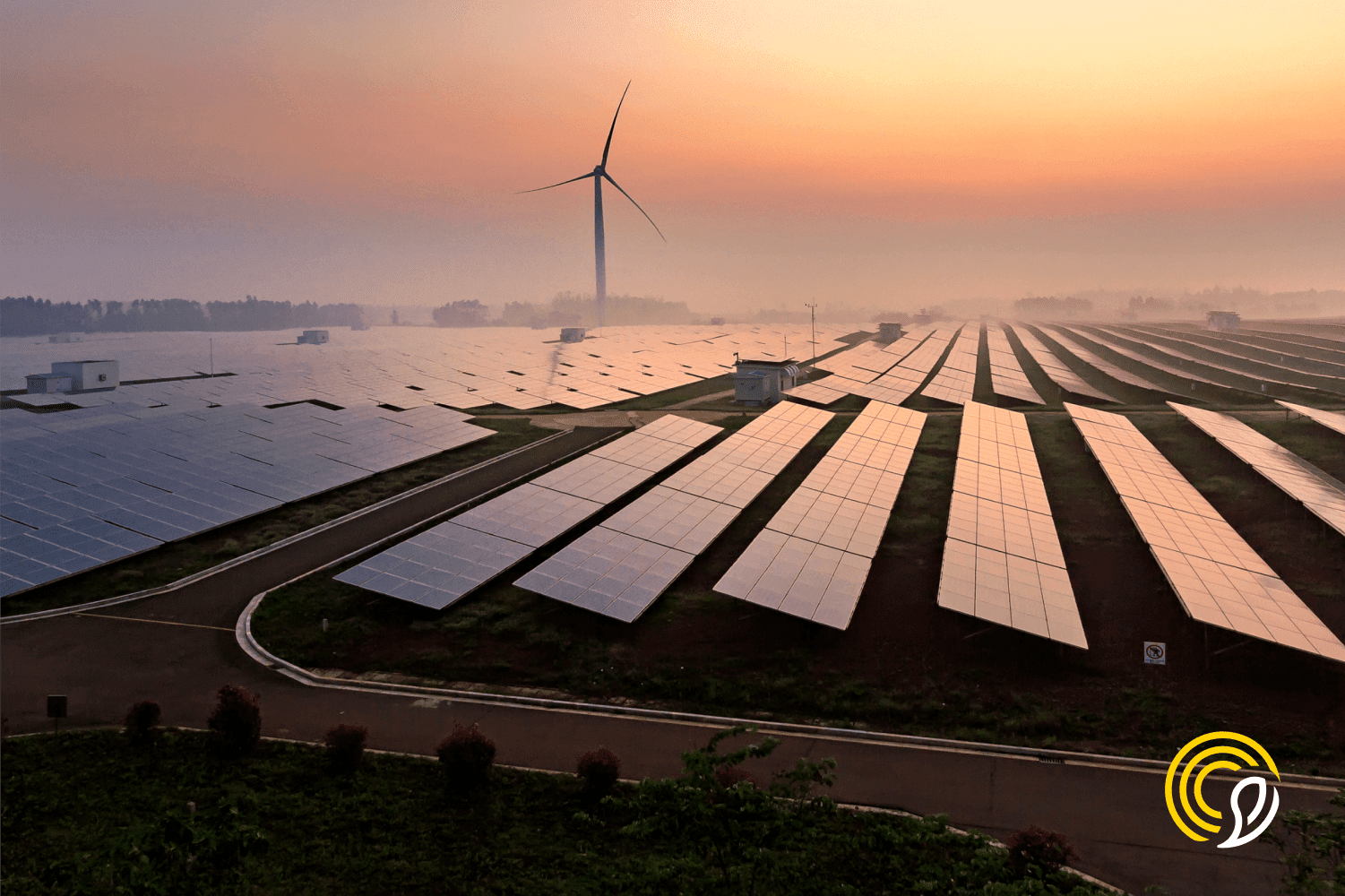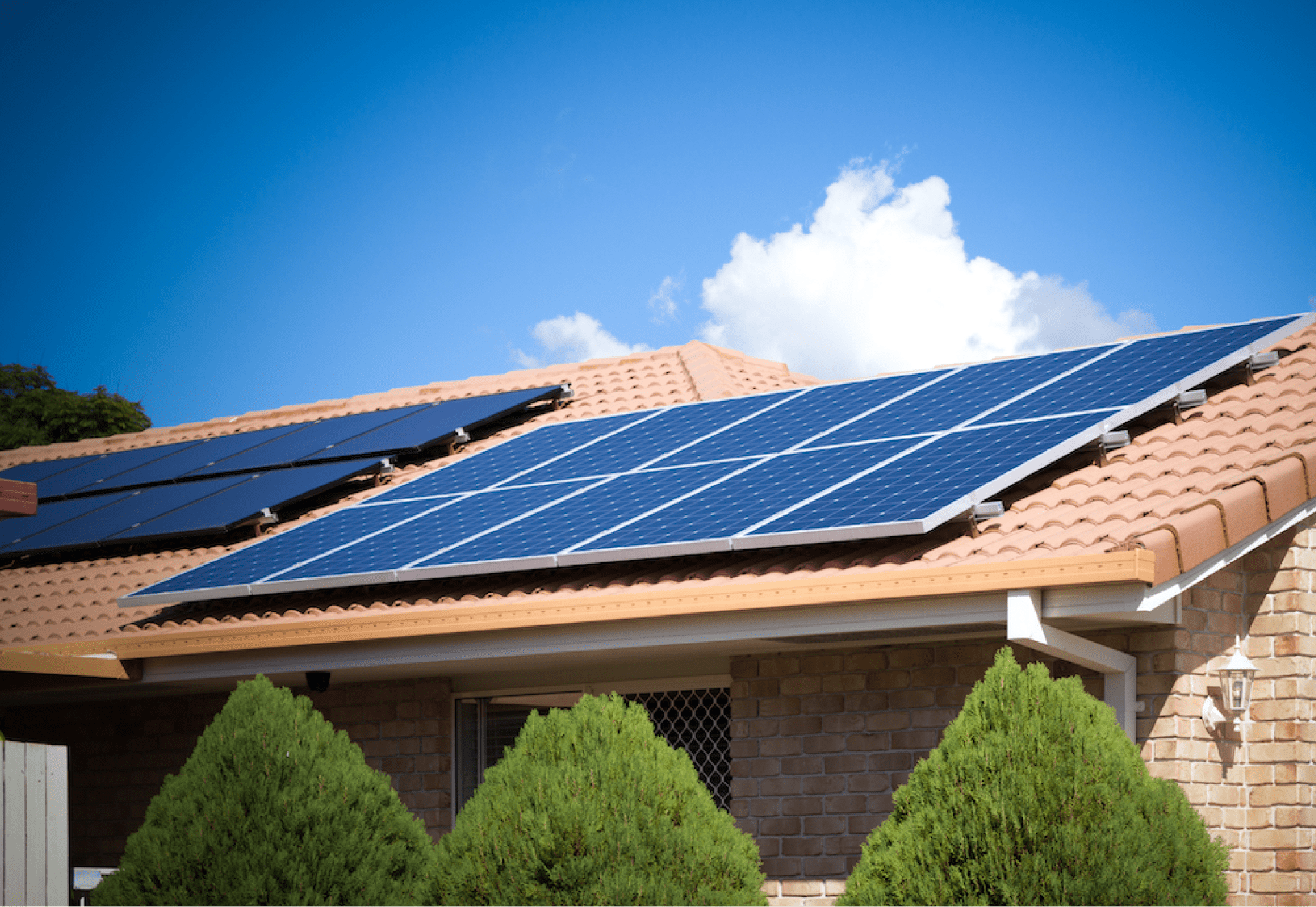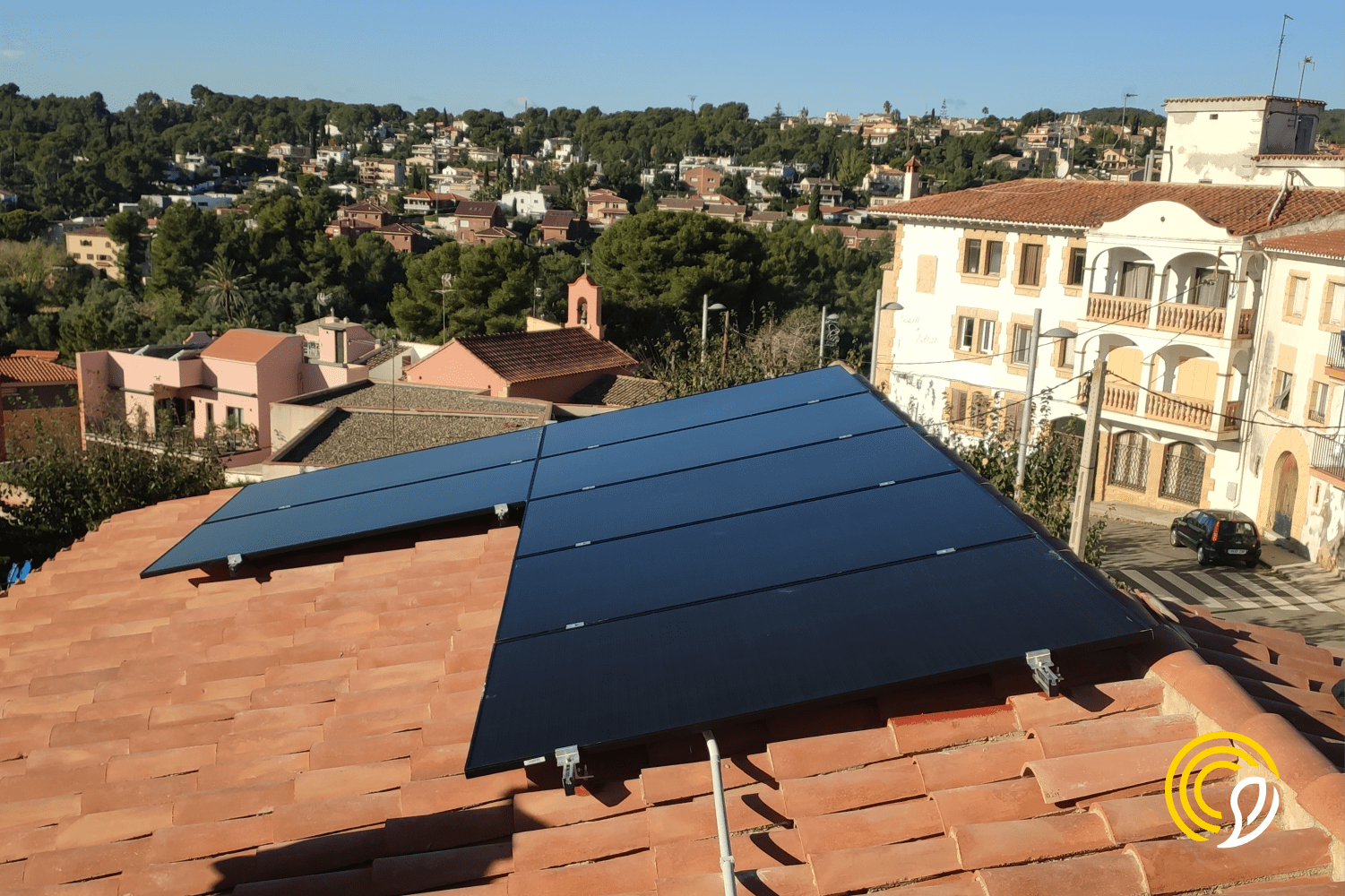
What is shared self-consumption?

Claudia Pardo, Content Specialist at Sunhero and a firm believer that solar energy can transform the world.
26/03/2024
2 min read
Table of Contents
The transition towards more sustainable energy has become a global priority that requires the active participation of all. In this scenario, the concept of shared self-consumption emerges as an innovative and effective solution, especially in Spain, where more than half of the population resides in blocks of flats.
Looking ahead, energy communities in Spain are expected to experience exponential growth, particularly in the coming year, becoming a key element in the country’s move towards energy sustainability.
But what exactly does shared self-consumption entail and how can it benefit neighbourhood communities?
Shared self-consumption
Shared self-consumption allows residents of the same building to generate their own energy through solar panels and share it with each other.
This approach not only optimises the use of common space for the installation of renewable energy technologies, but also facilitates more efficient management of energy resources.
While not all communities will be able to adopt this model due to specific constraints, many others will find shared self-consumption the ideal solution to contribute to energy change.
Modalities of shared self-consumption
The modalities of shared self-consumption are divided into two main categories: shared self-consumption without surplus and shared self-consumption with surplus. Within these categories, there may be variations or specific models adapted to the needs of different communities or types of users.
Shared self-consumption without surplus
In this mode, the energy produced is distributed among all participants in the self-consumption system.
The energy generated is consumed entirely within the community or group of connected users, without any surplus being fed into the grid.
This type of self-consumption is useful in communities with a balanced energy consumption that can be covered almost entirely by the production of the installation.
Shared self-consumption with surpluses
This modality allows unconsumed energy, i.e. surpluses, to be fed into the electricity grid.
These surpluses can be compensated or purchased by the electricity company, generally through discounts on the electricity bill or through a payment for the energy supplied to the grid.
This option is ideal for communities or groups of users who generate more energy than they consume and wish to use the surplus economically.
Advantages of shared self-consumption
- Reduced initial investment: By distributing the costs among all members of the community, the initial outlay required for the installation of solar panels is considerably lower.
- Greater efficiency in the use of space: The ability to use common or shared areas for the installation of solar panels allows energy production to be optimised. The best possible location for the panels can be selected, ensuring greater efficiency and utilisation of solar energy.
- Short-term return on investment: Thanks to the reduction in upfront costs and savings on electricity bills, the investment in shared self-consumption is usually recovered quickly, within a period of 3-4 years.
Start today!
Fill out our free solar calculator and get a custom quotation
